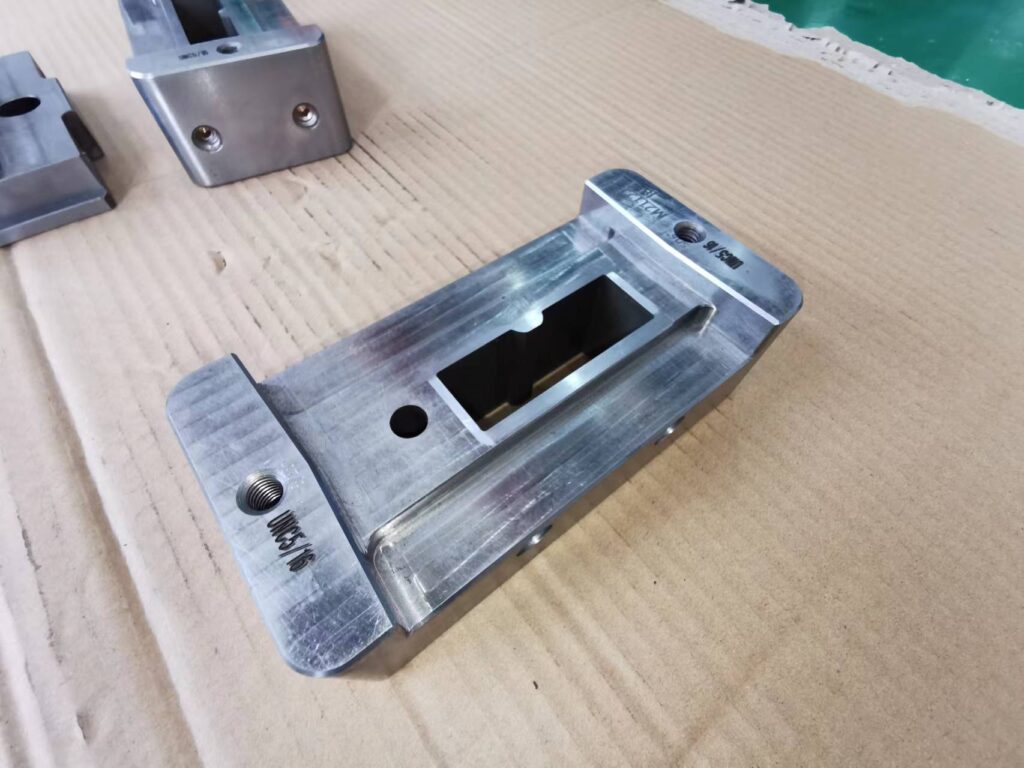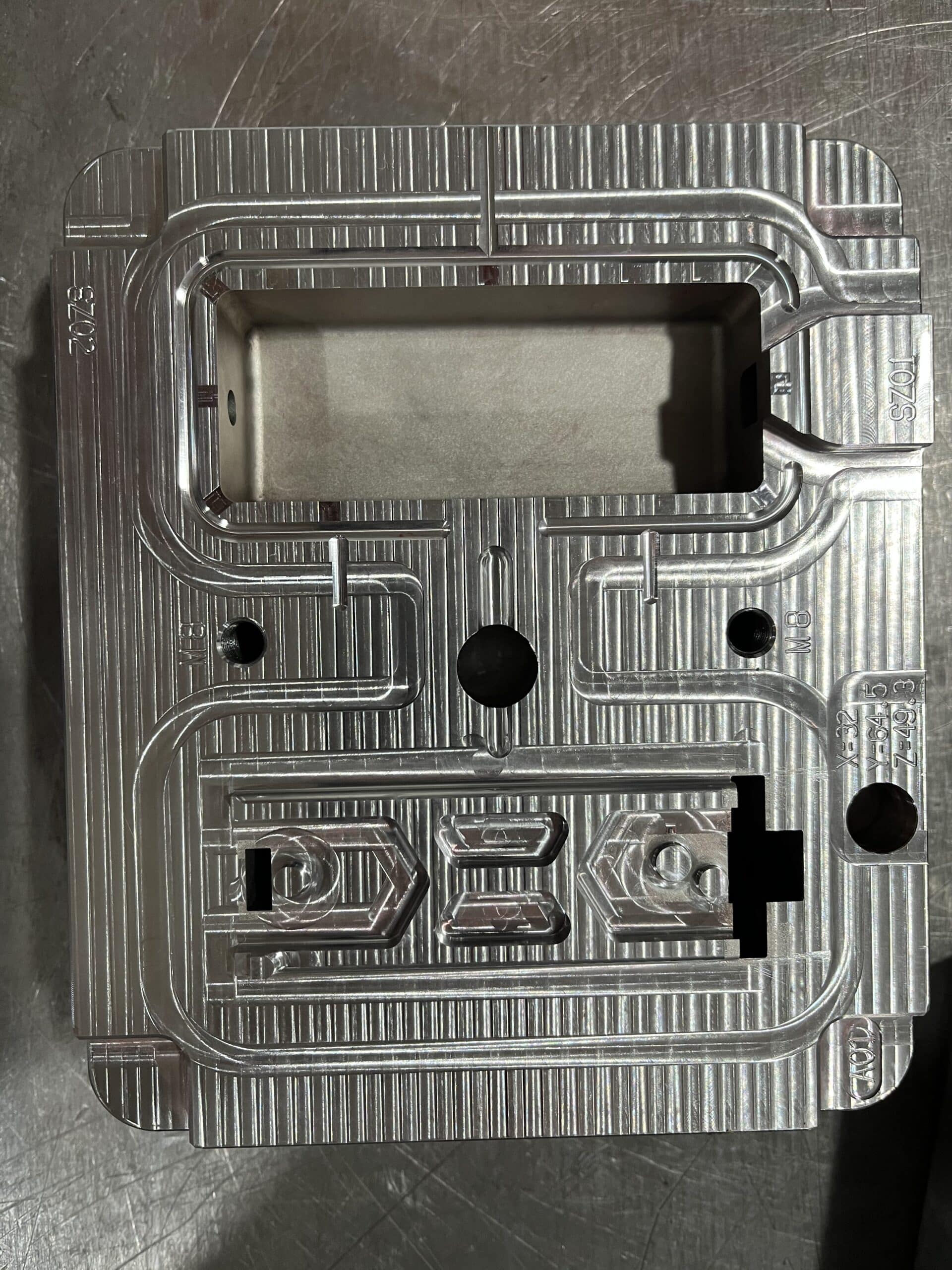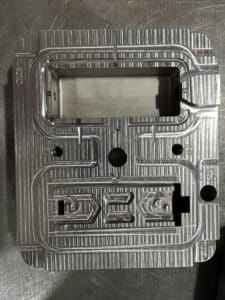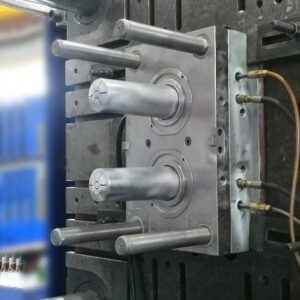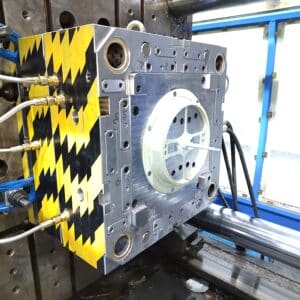Several factors that determine the price of mould.
Mould is also a commodity. The common requirements of objective conditions for moulds, that is, the technical and economic indicators of moulds, can be summarized in four aspects: the precision and rigidity of moulds, the production cycle of moulds, the production cost of moulds and the life of moulds.
In all aspects of the mold manufacturing process, attention should be paid to the four requirements of the mold according to the production conditions. At the same time, the technical and economic index of die is also an important symbol to measure the technical level of die production in a country, region and enterprise.
First, the precision and rigidity of the mold
① Accuracy of the mold
The precision of die includes size precision, shape precision, position precision and surface roughness.
The precision of die is mainly reflected in the precision of die parts and the matching precision. The accuracy of the working part of the die is higher than that of the product, for example, the accuracy of the blanking edge size is higher than that of the product, and the numerical value and uniformity of the blanking gap between the blanking punch and the female die are also one of the main accuracy parameters.
The accuracy measured at ordinary times is the accuracy in non-working state (such as blanking clearance), that is, the static accuracy. In the working state, under the influence of working conditions, the static accuracy will change into dynamic accuracy, and the dynamic accuracy is the truly meaningful data.
Generally, the precision of the mold should be coordinated with that of the product, and at the same time, it is restricted by the mold processing technology. With the development of manufacturing technology and the improvement of die processing technology, the precision of die will be improved correspondingly, and the interchangeable production of die parts will become a reality.
② Stiffness of mold
It is very important for high-speed stamping dies, large-scale stamping dies, precision plastic dies and large-scale plastic dies, which require not only high precision but also good rigidity. This kind of mold has a heavy workload. When there is a large elastic deformation, it will not only affect the dynamic accuracy of the mold, but also affect whether the mold can work normally. Therefore, in the mold design, the rigidity of the mold should be ensured while the strength requirements are met, and at the same time, additional deformation caused by improper processing should be avoided in the manufacturing.
Second, the mold production cycle
The production cycle of the mould refers to the time from the order of the mould to the delivery of the qualified mould after the mould test and appraisal. At present, enterprises using moulds require the production cycle of moulds to be shorter and shorter. Therefore, the length of mould production cycle is one of the comprehensive signs to measure the production capacity and technical level of mould enterprises, and it also relates to whether mould enterprises have a foothold in the fierce market competition.
At the same time, the length of mold production cycle is also a sign to measure the level of mold technology management in a country.
The main factors affecting the mold production cycle are:
① Standardization degree of mold technology and production;
② the degree of specialization of mold enterprises;
③ The advanced degree of mould production technology;
④ Management level of mold production.
III. Production cost of mould
The production cost of moulds refers to the sum of the expenses paid by enterprises for producing and selling moulds. The production cost of molds includes raw materials, purchased parts, outsourced parts, depreciation of equipment, operating expenses, etc. In nature, it is divided into production cost, non-production cost and extra-production cost. Generally speaking, mold production cost refers to the production cost that is directly related to the mold production process.
The main factors that affect the production cost of molds are:
① The complexity of mold structure and the level of mold function;
② the precision of the mould;
③ Selection of mold materials;
④ Mould processing equipment;
⑤ Standardization degree of mould and specialization degree of enterprise production.
Four, the life of the mold
The service life of the mold refers to the total number of manufactured parts that can be processed by the mold on the premise of ensuring the quality of product parts, including the sum of the number of manufactured parts before and after repeated grinding of the working face and replacement of wearing parts.
Generally, at the stage of mold design, it is necessary to specify the type of production batch or the total number of times of mold production, that is, the design life of the mold.
The normal damage forms of different dies are different, but generally speaking, the damage forms of working surface include friction damage, plastic deformation, cracking, fatigue damage, gnawing and so on.
The main factors affecting the life of the mould are as follows:
① Mold structure. Reasonable die structure is helpful to improve the bearing capacity of the die and reduce the mechanical load borne by the die;
② Mould materials. It should be selected according to the production batch size of product parts;
③ Mould processing quality. The defects of parts in machining, EDM, hardening and surface treatment will have a significant impact on the wear resistance, bite resistance and fracture resistance of the die.
④ Working state of the mold. When the die is working, the precision and rigidity of the equipment used, the lubrication conditions, the pretreatment state of the processed materials, the preheating and cooling conditions of the die, etc. all affect the life of the die.
The technical and economic index of the mould is influenced and restricted by four aspects. In the actual production process, it is necessary to comprehensively balance these factors according to the product parts and objective needs, grasp the main contradictions, and obtain the best economic benefits to meet the production needs.


